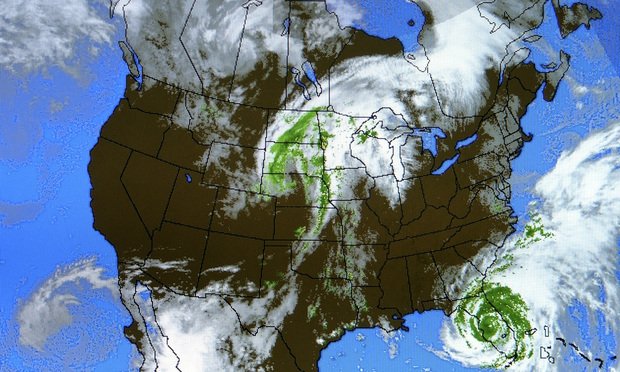 In the unfortunate event that a company or business suffers losses due to flooding, tornadoes, droughts, wildfires or hurricanes, insurance policyholders should review their policies in advance so they can be prepared to take full advantage of available coverage. (Carolina K. Smith/Adobe Stock)
In the unfortunate event that a company or business suffers losses due to flooding, tornadoes, droughts, wildfires or hurricanes, insurance policyholders should review their policies in advance so they can be prepared to take full advantage of available coverage. (Carolina K. Smith/Adobe Stock)
As commercial policyholders dry out from the havoc wreaked by this year's uncharacteristically cold winter in Texas, the relative "calm before the storm" that comes in the springtime provides an opportunity to assess insurance coverage for weather-related events. In connection with that assessment, this article provides a brief overview of both the coverages that may respond to extreme weather events, and insurance-related legal issues that may arise out of those events.
Recommended For You
Want to continue reading?
Become a Free PropertyCasualty360 Digital Reader
Your access to unlimited PropertyCasualty360 content isn’t changing.
Once you are an ALM digital member, you’ll receive:
- Breaking insurance news and analysis, on-site and via our newsletters and custom alerts
- Weekly Insurance Speak podcast featuring exclusive interviews with industry leaders
- Educational webcasts, white papers, and ebooks from industry thought leaders
- Critical converage of the employee benefits and financial advisory markets on our other ALM sites, BenefitsPRO and ThinkAdvisor
Already have an account? Sign In Now
© Touchpoint Markets, All Rights Reserved. Request academic re-use from www.copyright.com. All other uses, submit a request to [email protected]. For more inforrmation visit Asset & Logo Licensing.







